






- Total
- General
- Arts
- Book
- Culture
- Economy
- Essay
- Fun/Joke
- History
- Hobbies
- Info
- Life
- Medical
- Movie
- Music
- Nature
- News
- Notice
- Opinion
- Philosophy
- Photo
- Poem
- Politics
- Science
- Sports
- Travel
Music Tracing 100 Years in the Life of Mignon
2020.04.20 19:59
|
For over a century composers have been drawn to Goethe’s Wilhelm Meister and the enigmatic songs of the waif-like Mignon.  So, what’s in a song? And what can we learn about the development of songwriting across this crucial century by following the musical fortunes of one particular text? Pianist Malcolm Martineau, whose latest ‘Decades’ project on the Vivat label aims to explore the art form from 1810 up to 1910, has lived with this song for years. 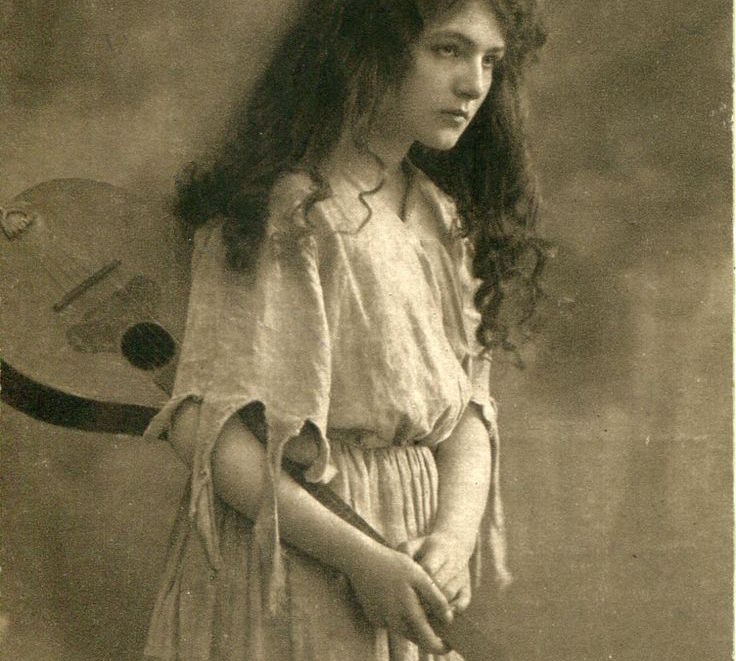 In the first of three verses Mignon recalls the scents of Italian citrus trees. The second suggests memories of the marble halls of her home, and the third her traumatic upheaval. In the middle of each verse she asks Wilhelm if he knows this place and if he will go there with her. But what is it specifically about this poem that has made it appeal to so many composers? 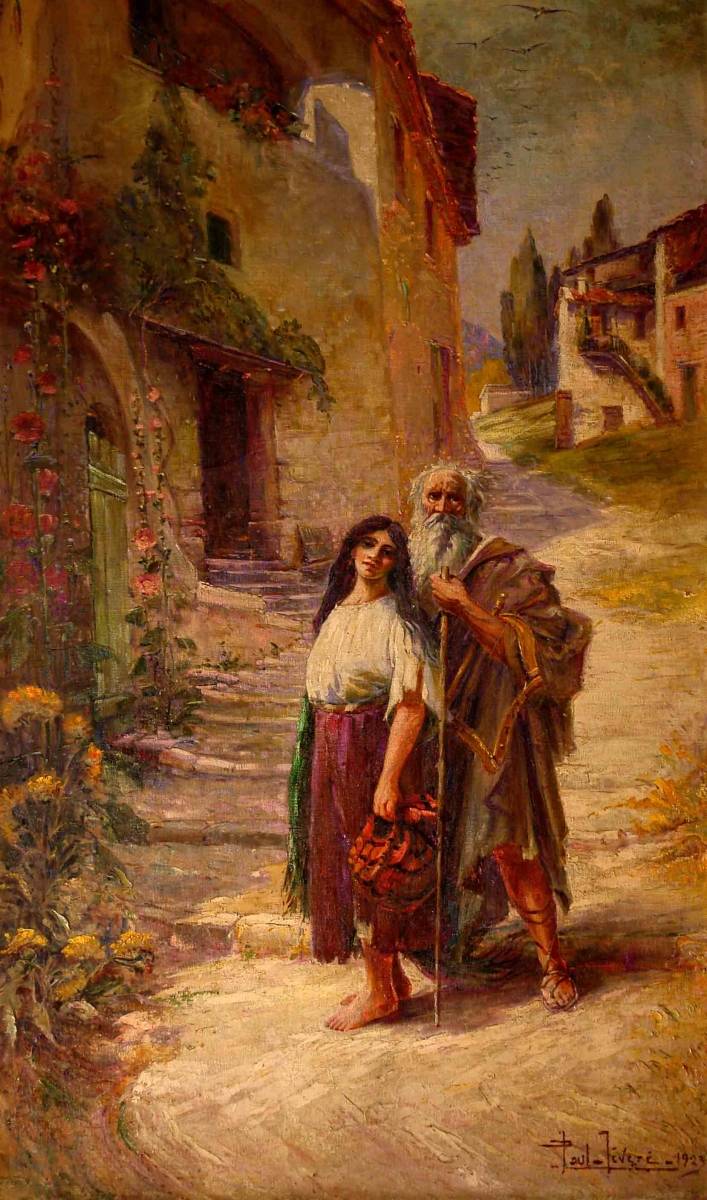 Though some have accused Reichardt of being lacking in imagination, that’s precisely what he does in a setting that is far from a simple folk tune and closely mirrors the child’s stated manner of delivery. Reichardt’s Mignon is sweet natured and direct. But that would not exactly be the case when the next, rather more revolutionary songsmith got his compositional hands on her. 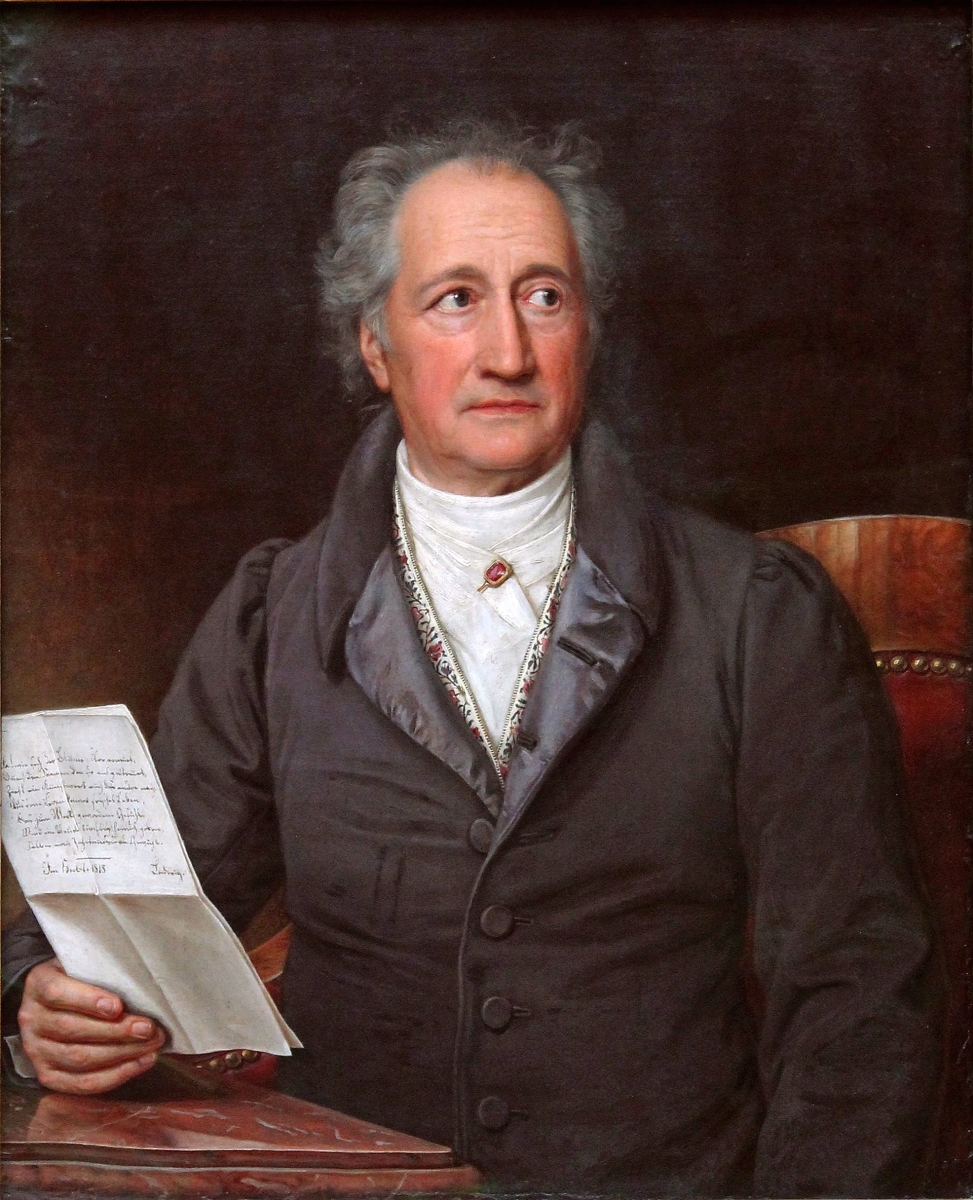 What Goethe thought about perhaps the most famous setting, that of Franz Schubert who penned his effort the year before Spohr, we’ll never know. We aren’t even sure if it was among the bundle of settings the composer mailed to Goethe that year, and to which he famously received no reply. Probably he’d have hated it as well, since most believe that Schubert hadn’t even read the novel! For all of its catchy tune, his Mignon doesn’t really ring true. 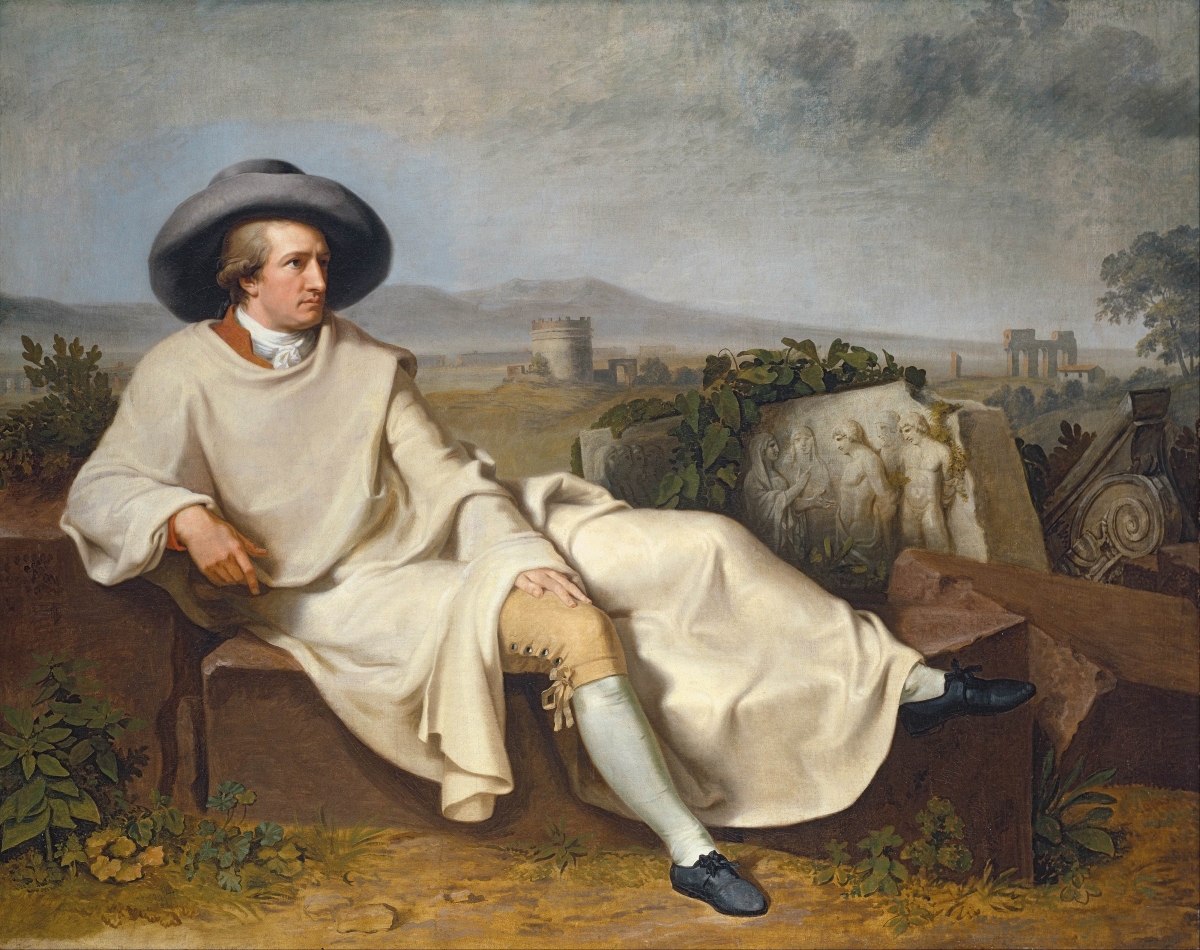 Half a century on from Reichardt, Liszt is far more melodramatic than you imagine Goethe would have tolerated – even Beethoven might have raised an eyebrow. “It paints a psychological picture, which none of the earlier composers really did,” explains Martineau. “He even dared to tamper with the poem. Only Liszt had the ego to do that. We start suddenly with an uncertain harmony. With Schubert, things are very diatonic, but with the second chord in the Liszt we are already into another world (even though it’s not the very Italian world, which Mignon is describing). Liszt songs are often maligned, but sometimes he got nearer to the heart of the poet than a lot of other composers did.” Franz Liszt Ludwig van Beethoven Franz Schubert Marilyn Horne singing Hugh Wolf’s music Hugo Wolf – Elisabeth Schwartrzkopf Robert Schumann Reflective Beauty. Mignon Pensive On Canvas by William-Adolphe Bouguereau Print 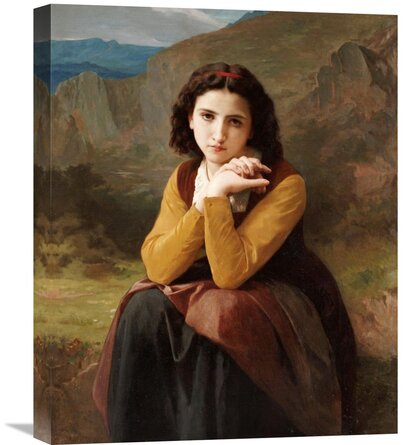 Kwan Ho Chung - April 21, 2020 |
Comment 10
-
Work of masterpiece, Kwanho!
Can hardly imagine how much you devoted to compose this audiovisual presentation!
Spent the evening to enjoy every word and sound, all evening. The best!
I am sure you would enjoy Lago Maggiore more than anybody else after you organised this masterful work.
You deserved more than anybody!
BB
P.S. You could stay at Milan and a day trip to the lake having the lunch while enjoying the scenery.
-
Thank you very much for your enjoyment.
If I have another chance to visit Italy, certainly I will consider Milan and stop at the places of Mignon memorabilia such as hotel, restaurnat and some other spots.
I might even try to move to Tuscany to see some tail-wagging cows' drawing waggons along the curved old road as was described in the story of "Gioconda Smile".
Is this my daydream?
Incidentally I did find some portraits of Mignon including some bronze bust.
These are works of many eminent artists such as Auguste Rodin, William Bouguereau, Jules-Joseph Lefe---, Arey Sileworchik, and so on, which means I am not the only one enchanted to the little Mignon.
Have a great day
-
Hmmm! I must have missed the sculpture for Mignon at THE MUSÉE RODIN at the Hôtel Biron, then! I had a chance to visit newly renovated/extended Auguste Rodin museum in central Paris, soon after they reopened years ago and also lately but I totally missed it. Indeed, Mignon is more popular through the opera by French Ambroise Thomas so that it shouldn't be a surprise. Wonder how the sculpture of Mignon would look like?!
BB
-
It is the first time to listen to these many songs for Mignon, side by side, one after one, to compare them on one set. KwanHo. Listened three times in a row but hard to tell which one appeals more to warm my heart. But I was once again amazed even Beethoven shares such a warm tone/color like other composers. Indeed, these songs remind me of one of my closest friends, Dirk Loose, Prof. of Univ Hamburg, who is such Appassionata of Goethe and Lieds and sent so many CDs, mostly Lieds, to us every Xmas while in Seoul and one of them has Mignon's. He wouldn't believe the Korean group enjoys Mignon like Germans. So I wonder how I could share your masterwork with him who would be fainted with joy!
BB
P.S. Because of Dirk Loose, I visited Hamburg to give workshops with him at least half a dozen times but all happened in the middle of gloom winter so that I slowly understood their stoic posture to their lives affected by the weather, including the Lieds with such contrast to light Neapolitan Songs. Though I enjoy both, Lieds and Neapolitan Songs like life, I still do not hesitate to pick 'Winterreise and Schwanengesang" as the last choice.
-
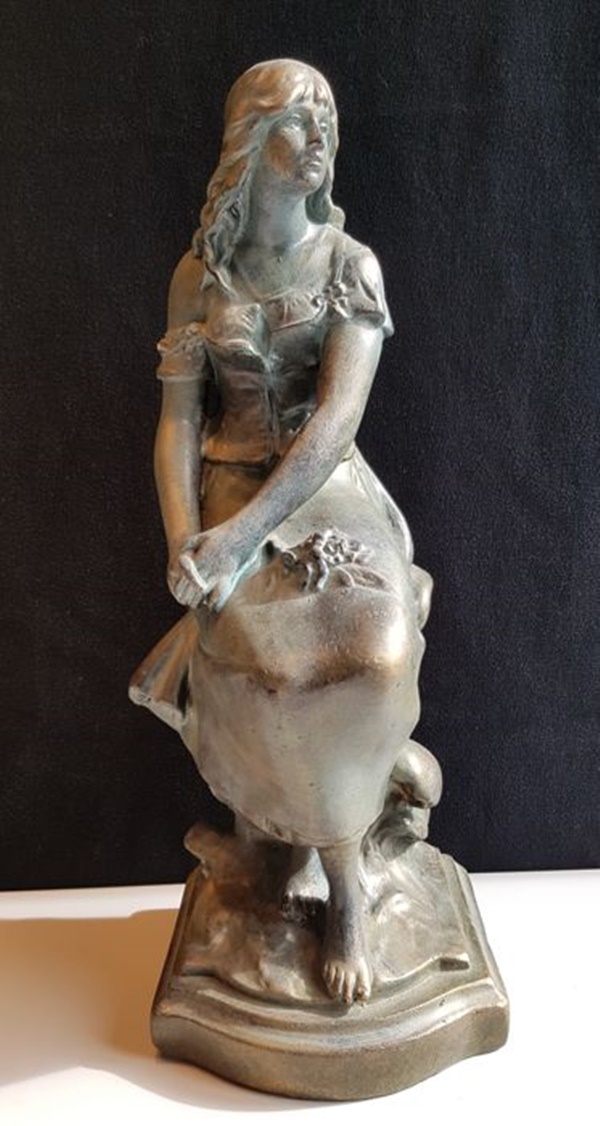
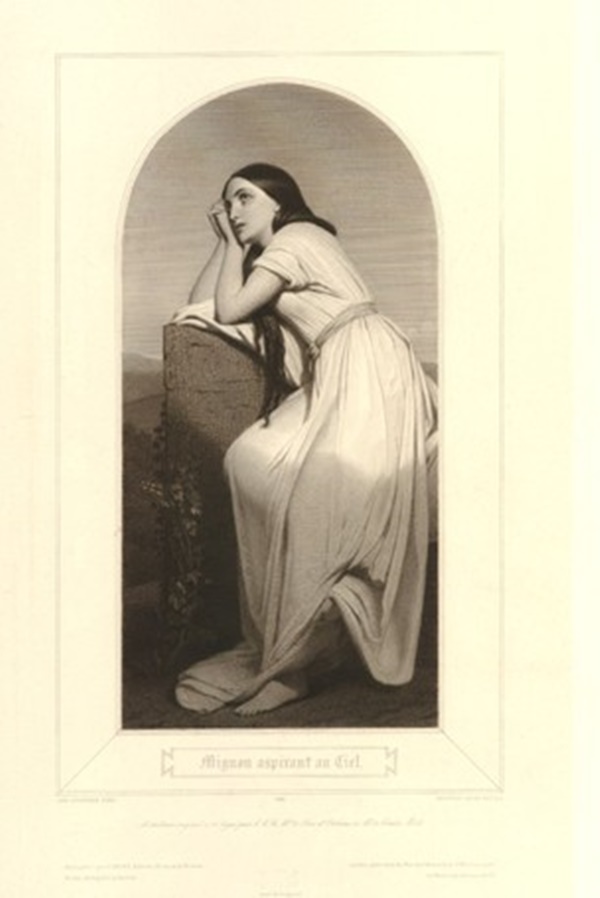
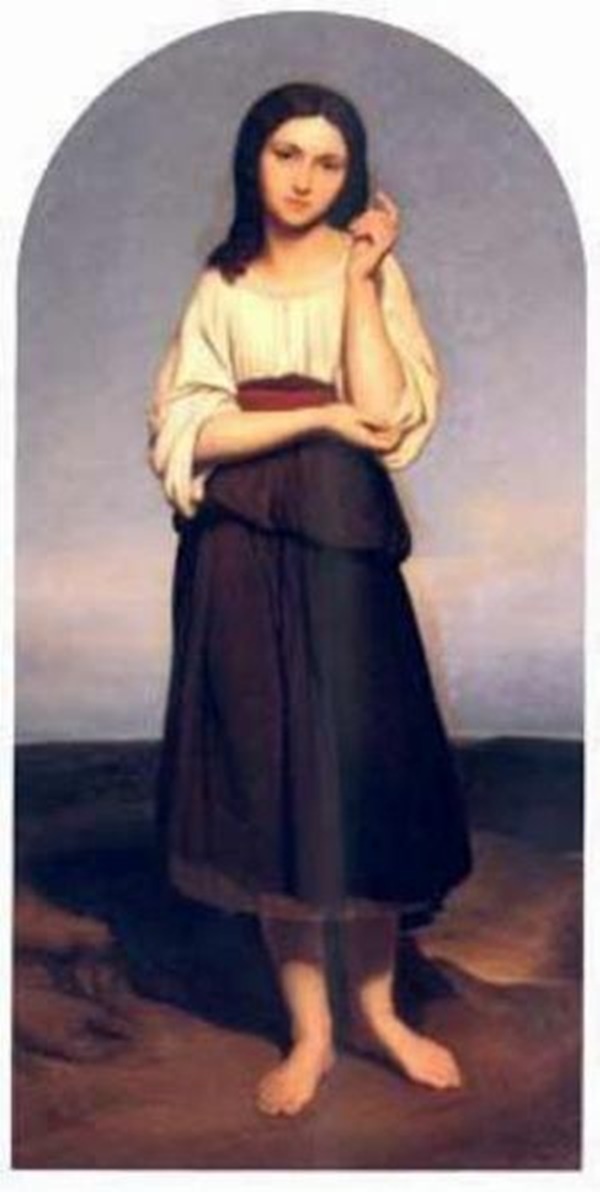
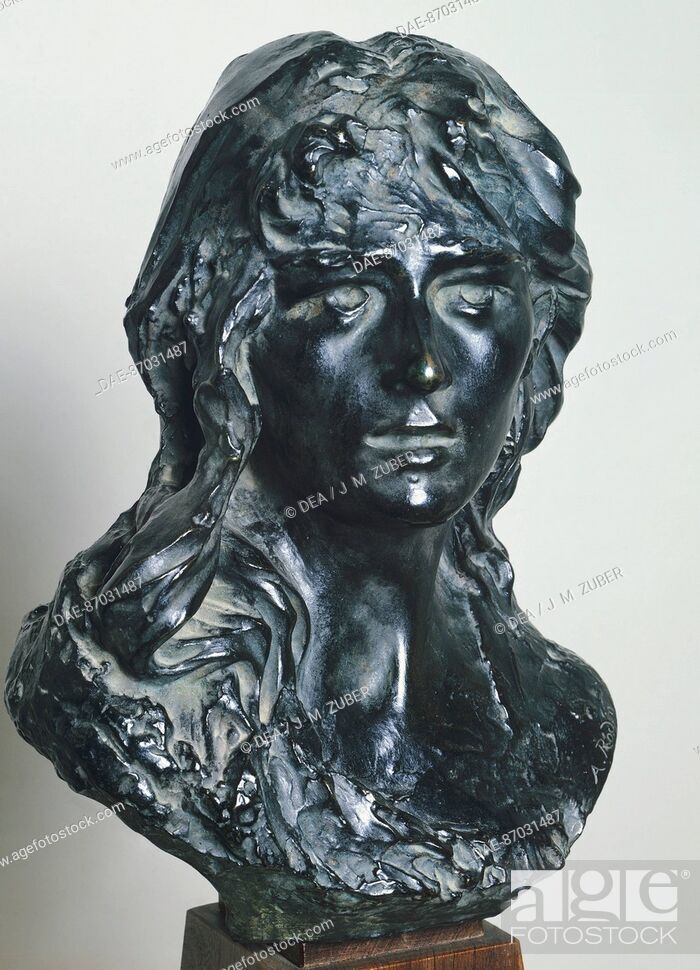

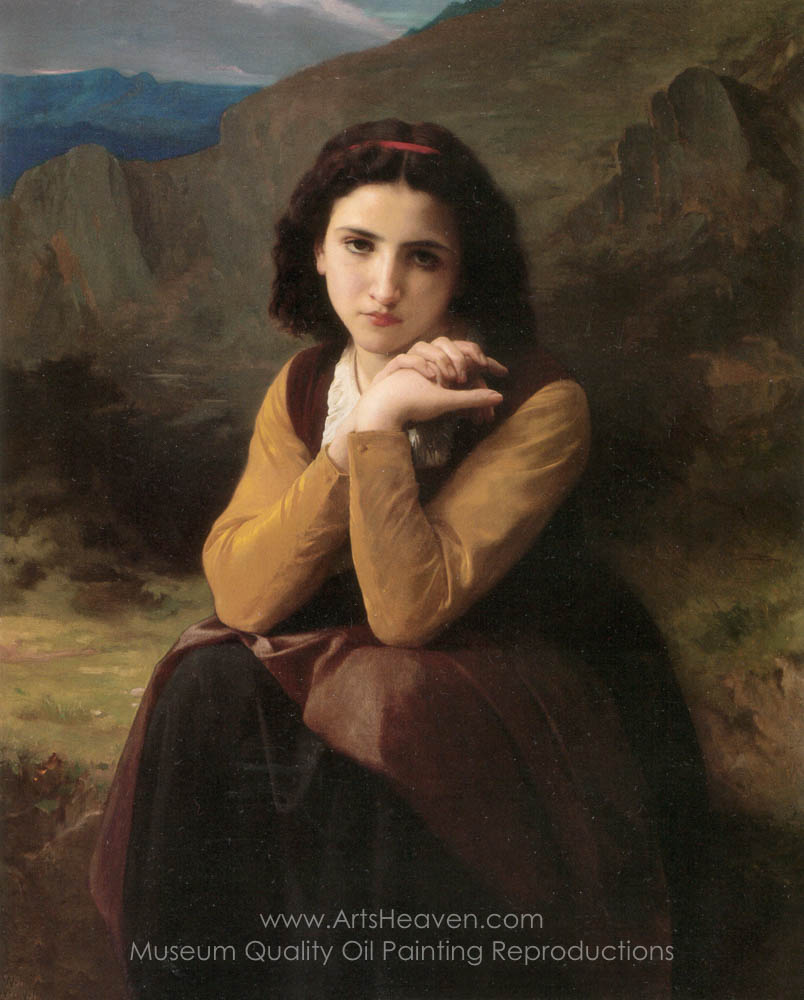
- Mignon 1.jpg [File Size:131.1KB/Download:0]
- Mignon at Metropolitan Museum.jpg [File Size:111.4KB/Download:0]
- Mignon by Lefebvre.jxr [File Size:193.4KB/Download:0]
- Pensive Mignon .jpg [File Size:99.0KB/Download:0]
- Mignon at British Museum.jpg [File Size:78.6KB/Download:0]
- Mignon desires her fatherland.jpg [File Size:101.2KB/Download:0]
- Mignon at Catawiki.jpg [File Size:164.7KB/Download:0]
-
Dear BB: Here is the bronze bust of Mignon, and some other portraits. Here are the works from above:
1. Statue of Mignon by Naar Auguste Moreau at Catawicki selection
2. Portrait at British Museum
3 Title : Mignon desires her fatherland - Wikipedia
4. Bronze Bust by Auguste Rodin at Philadelphia Museum of Art.
5. Portrait by Jules-Joseph Lefebvre
6. Pensive Mignon by William A Bouguereau.
-
Wonderful, wonderful!
Thaaaaanks, KwanHo,
No wonder! The bronze bust of Mignon by Auguste Rodin is at Philadelphia and not at Rodin's museum in Paris. A bit sad looking sculpture is certainly more real than the paintings!
All the best,
BB
P.S. I took the liberty to share/forward your painstaking job to summarize Mignon to my friend, Prof. Dirk Loose of Hamburg, who is such scholar to have dedicated much of his time to Goethe's works though he is one of the top world authorities on the vascular malformation leading the School of Stefan Belov as his disciple. We both couples traveled together infrequently through decades and learned he never misses the Goethe's Library wherever we go even in Buenos Aires. He is now at Malaga, Spain through the winter and should be back in Hamburg soon.
-
Wait a minute, KwanHo, I was reminded by my wife that we were at the Philadelphia Museum of Art umpteen years ago while we were visiting our youngest daughter to U Penn. Further, we had a chance to visit Rodin's Museum nearby I completely forgot. So, apparently I missed or forgot about this sculpture but next time when I go to Philly- we plan to go to listen to Philadelphia Orchestra this Fall because of David Kim-, I certainly will make a double-check.
Warm regards,
BB
-
I admire you having such great friendship with Prof. Dirk Loose of Hamburg, and might say that both of you seem to deserve each other. It sounds so nice that both couples made travels to great places.
I am just an amateur in a few fields without much background, but I enjoy to learn certain works, never had friends to share my interests.
A few years ago, I had a chance to go through the Biography of Henry David Thoreau and the Walden Pond near Cambridge, Massachusetts.
He was a poet, writer, philosopher, naturalist, humanist, and hermit(?) you name them.
In 2014 my wife, sister-in-law, and I made a visit to Thoreau's cabin at the Walden Pond, We just regretted that our stay there was not long enough. If you haven't come across his works, please look into them.
Again, it's a great pleasure to share my thought with yours.
Have a great day.
Kwan Ho
| No. | Subject | Date | Author | Last Update | Views |
|---|---|---|---|---|---|
| Notice | How to write your comments onto a webpage [2] | 2016.07.06 | 운영자 | 2016.11.20 | 18100 |
| Notice | How to Upload Pictures in webpages | 2016.07.06 | 운영자 | 2018.10.19 | 32227 |
| Notice | How to use Rich Text Editor [3] | 2016.06.28 | 운영자 | 2018.10.19 | 5813 |
| Notice | How to Write a Webpage | 2016.06.28 | 운영자 | 2020.12.23 | 43745 |
| 335 | OPERA MIGNON: Connais tu le pays [1] | 2024.04.12 | 정관호*63 | 2024.04.12 | 22 |
| 334 | My Grandson [1] | 2024.03.15 | 노영일*68 | 2024.03.18 | 101 |
| 333 | AMAZING GRACE [1] | 2024.03.01 | 정관호*63 | 2024.03.08 | 64 |
| 332 | 이야기로 듣는 옛노래: 황성 옛터 [3] | 2023.07.26 | 정관호*63 | 2024.01.14 | 101 |
| 331 | 고향초 [6] | 2023.03.11 | 정관호*63 | 2023.11.02 | 105 |
| » | Tracing 100 Years in the Life of Mignon [10] | 2020.04.20 | 정관호*63 | 2023.10.31 | 574 |
| 329 | 성불사의 밤 [1] | 2023.10.20 | 정관호*63 | 2023.10.23 | 86 |
| 328 | 두만강 노래 [1] | 2023.09.25 | 정관호*63 | 2023.09.30 | 66 |
| 327 | The Gift of Music [2] | 2023.09.13 | 김성철*67 | 2023.09.13 | 61 |
| 326 | Solveig's Cradle Song: 솔베이지 노래 [1] | 2023.06.16 | 정관호*63 | 2023.06.19 | 57 |
| 325 | The Fair Maid of the Mill [1] | 2023.06.02 | 정관호*63 | 2023.06.02 | 115 |
| 324 | 사의 찬미 [死의 讚美] [1] | 2023.05.15 | 정관호*63 | 2023.05.15 | 90 |
| 323 | 봉선화(봉숭아) [1] | 2023.04.13 | 정관호*63 | 2023.05.11 | 156 |
| 322 | Winterreise[Winter Journey] Franz Schubert [3] | 2023.04.01 | 정관호*63 | 2023.05.02 | 436 |
| 321 | 신라의 달밤 [1] | 2023.01.26 | 최광택*70 | 2023.01.31 | 96 |
| 320 | 우리손자 2022 [3] | 2022.08.14 | 노영일*68 | 2022.09.11 | 156 |
| 319 | AGT: Korean Singer Group "Maytree" [2] | 2022.07.20 | 온기철*71 | 2022.07.20 | 73 |
| 318 | 한국의 천재적 소년 Pianist, 임윰찬 | 2022.07.13 | 운영자 | 2022.07.13 | 112 |
| 317 | 부산 공연 - Placido Domingo and 김호중 [1] | 2022.06.28 | 운영자 | 2022.06.28 | 88 |
| 316 | 아! 대한민국 [1] | 2022.05.05 | 운영자 | 2022.05.05 | 80 |



Is the end near?
Is this story going to end finally at this time or not? I don’t know yet. I haven’t decided as of now. When I think I’ve run out of my talk, that’s the time for me to finish it for good. You will know if I don’t follow with next topic in the month of May.
Besides I want to go and see Lago Maggiore where the story says Willhelm and his companion artist visited, and I want to visit the neighboring mountain where little Mignon climbed and played alone, and some more…